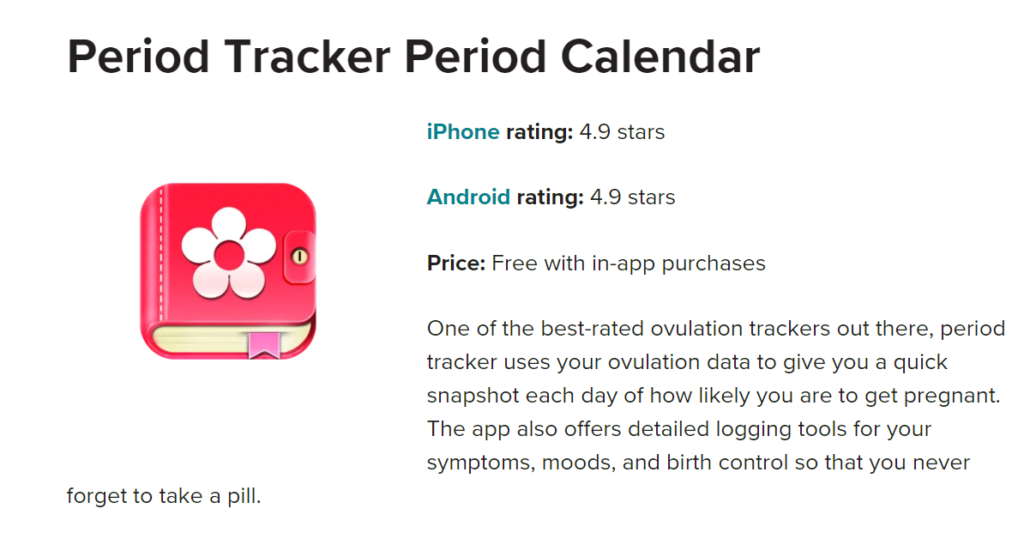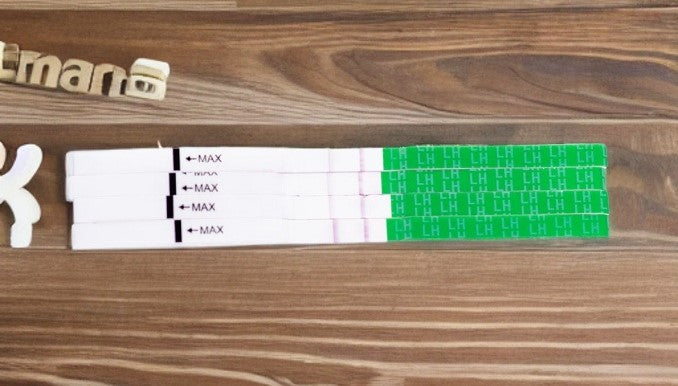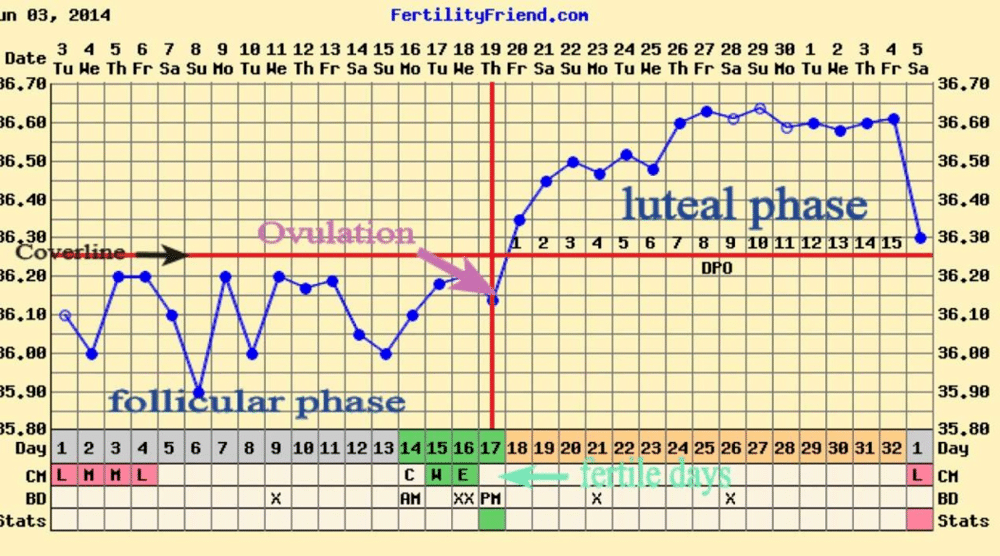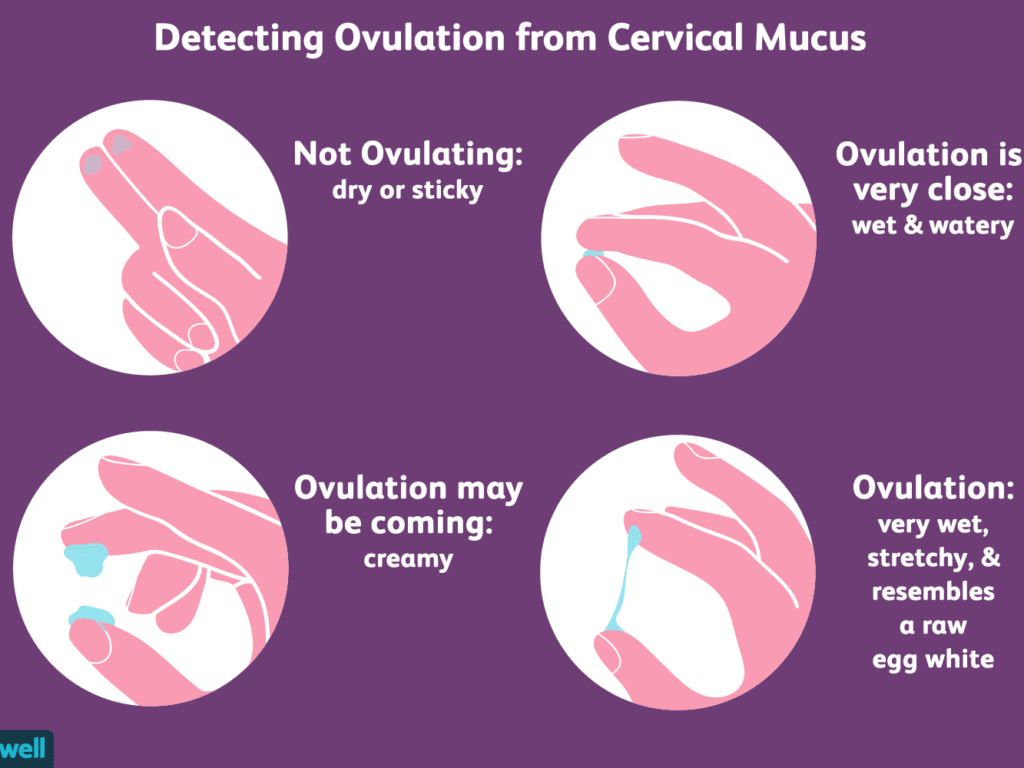October 11, 2022 | All things ovulation
OVULATION

Many individuals, ourselves included, are often unaware of the limited window of opportunity for conception. Comprehensive knowledge about our bodies' fertility patterns is typically lacking in sex education, and our parents may not possess this information either. The common misconception is that one can conceive at any time, with the notion that if you don't, your body simply sheds its lining. In reality, the fertile window is quite brief, usually spanning around 7 days, and successful conception relies on factors such as timing, hormonal balance, and temperature. While it may seem complex, rest assured, we are here to provide guidance and support throughout this journey.
How does ovulation work?
A “normal” menstrual cycle is as follows:
- Follicle-stimulating hormone (FSH) is secreted in the brain, causing an egg follicle to grow in the ovary.
- As the egg follicle develops, it secretes estrogen, which causes the uterus lining to thicken in preparation for the egg. This results in an estrogen peak near the time of ovulation.
- Once the follicle matures, luteinising hormone (LH) increases dramatically, triggering the release of the egg from the ovary (ovulation). This occurs around day 14 of the cycle (In an average 28-day cycle, this has many variations and is not always at the same point in your cycle). At this time, basal body temperature also spikes, and there is a change in the vaginal mucus.
- If pregnancy does not occur, the estrogen and progesterone levels will drop dramatically, and the uterine lining will shed as menstruation. Basal body temperature also returns to normal, and vaginal mucus changes as well.
This, unfortunately, doesn’t happen for all people. In addition, many individuals do not have regular menstrual cycles, making it challenging to know when they are ovulating. So don’t worry, we got you.
Timing
Timing with ovulation is crucial to conceiving successfully. Once you have reached your peak, you will ovulate anywhere from 24-36 hours afterwards. As a general rule, we worked on 12-36 hours. Once the egg is released, after 12 hours, the egg quality will start to decrease, and at 24 hours, the egg is no longer viable.
How to tell if you are ovulating.
There are a few ways to test to see when you are ovulating and don’t worry PCOS peeps; we got you too, we will let you know how you can monitor your ovulation. Below is a video on ovulation.
Download a period tracker app
The first step is to download an app to monitor your menstrual cycles. You can see a list of Apps on Healthline
The app we used is listed with a 4.9-star rating. It’s called “Period Tracker Period Calendar.”

The app will help you determine your fertility window for 7 days and tell you when you “should” ovulate. For example, if you see below, the flowers indicate my fertile window and the little egg indicates the day I am expected to ovulate.

Ovulation predictor kits
Firstly, get some ovulation predictor kits (OPK’s). These are urine sticks you use that test for the LH hormone. An OPK has a test line and a control line; the control line is closest to the stick’s colour part. It’s important to note that you always have the LH hormone in your system, meaning the test line will appear lighter than the test line. However, as you approach your LH peak, you will notice the test line starting to get darker; once your test line is as dark as the control line, it indicates that you have reached your LH peak.
How to use OPK’s
You will hear many people say to do your OPK with your first-morning urine (FMU); however, this is not always accurate as most people will have an LH surge in the morning which is only detected in their urine 4 hours later. This means that testing between 12pm and 8pm is the best and most accurate time. To get the best results, you want to do a 3-4 hour urine hold (don’t go to the bathroom for 4 hours) and then take your test.
Some people will pee on the stick, which we found a little tricky, so we just peed in a little plastic cup. You then place the OPK into the cup and see the urine travel up the stick; wait about 10 seconds, take the stick out, and put it on a paper towel. You will see the control line appear; wait about 3-5 min for an accurate reading of your OPK.
In conjunction with the OPK tests pictured above, we used the pink Clear Blue digital ovulation tests. Once we started to see our surge, we would use the digital test to confirm the LH peak. The digital tests will come up with a smiley face once you have reached your peak. Using the cheaper tests in conjunction with the digital saved us money and provided accuracy. You can order all your OPK’s as well as the digital tests in our online store.

In conjunction with the OPK tests pictured above, we used the pink Clear Blue digital ovulation tests. Once we started to see our surge, we would use the digital test to confirm the LH peak. The digital tests will come up with a smiley face once you have reached your peak. Using the cheaper tests in conjunction with the digital saved us money and provided accuracy. You can order all your OPK’s as well as the digital tests in our online store.
Basal body temperature
Your Basal body temperature (BBT) is a person at rest temperature, and it’s the lowest temperature a person will have during the day. BBT is the most accurate way to know precisely when you have ovulated; when we say ovulated, we mean you released an egg. It is common for people with perfectly regular periods not to release an egg every single cycle. However, more common in those with PCOS. This is called anovulation.
During ovulation, your body temperature dips a bit just before your ovary releases an egg. Then, 24 hours after the egg’s release, your temperature rises and stays up for several days. Before ovulation, a person’s BBT averages between 36.1°C (97°F) and 36.4°C (97.5°F). After ovulation, it rises from 36.4°C (97.6°F) to 37°C (98.6°F).
The below chart shows how the temperature has dropped and then peaked, indicating an egg was released. Your temperature will remain high until your menstrual cycle appears.

How to take your BBT
You will need to get a BBT thermometer with 2 decimal places (1/100th); we sell these in our online store. The best time to take your BBT reading is first thing in the morning. The aim is to try and get the temperature around the same time every day. So if you wake up at 6 am during the week, set your alarm for 6 am on the weekend (of course you can go back to sleep afterwards), don’t get up, don’t check your phone, reach over and pop the thermometer in your mouth and mark the recording in your fertility app. We monitored our temperature every day for 3 months to see our patterns.
You can buy BBT thermometers and much more in our online store.
Cervical mucus
The nature of your cervical mucus (CM) tells you when you are approaching ovulation. Mucus is stimulated by the rising levels of estrogen made by the follicle growing in the ovary. The amount will increase as you get closer to ovulation. The texture can vary from none to pasty in the non-fertile phases to stretchy or raw egg white consistency before and close to ovulation. Post ovulation, the mucus generally changes back to the infertile type consistency. CM is responsible for aiding sperm through the cervix into the uterus, and it is the optimal environment for sperm to survive. Sperm is seen as a foreign body and your body will naturally try and kill foreign bodies. CM protects the sperm from this.
How to check your cervical mucus
There is no specific way to test this other than to get some between your fingers and pull them apart. You want it to resemble an egg-white consistency and be stringy. If it’s sticky and pulls apart easily, then you are not within your fertile window. PCOS sufferers can use this method in addition to BBT testing.

Position of your cervix
The cervix, when ovulating, is soft, open, wetter, and high. The acronym for this is SHOW: soft, high, open, wet cervix. The cervix feels soft, like your lips, and the opening of the cervix is open so that sperm can pass through it. The cervix is also more centrally placed during this time. When you are not ovulating, your cervix is low, dryer, closed and feels more like your nose.
How to check your cervix
Checking your cervix will involve you sticking your finger inside yourself or getting your partner (if you have one) to do it for you. My fingers are too short, so I couldn’t feel mine in saying that we didn’t monitor ovulation by checking the position of our cervix’s but instead did the above processes. Another way to check your cervix is using a speculum, although medical professionals do not recommend it; if you opt for this method, please do so with caution and ensure that your speculum is sterilised and your hands are clean. Here is an article on the process.
Saliva Tests
This is a home-use test kit to predict ovulation by looking at patterns formed by your saliva. When your estrogen increases near your time of ovulation, your dried saliva may create a fern-shaped pattern. This is, however, NOT accurate and can be affected by the following:
- not all people fern
- you may not be able to see the fern
- women who fern on some days of their fertile period don’t necessarily fern on all of their fertile days
- ferning may be disrupted by smoking, eating, drinking, brushing your teeth and the way you put the saliva on the slide
We bought one of these and was honestly a waste of money for us.
What to do if you have PCOS
Having Polycystic ovary syndrome (PCOS) can make it challenging to monitor ovulation. PCOS sufferers have hormonal imbalances, which can mean that an egg doesn’t always mature and get released as described previously; instead, they collect on the ovaries as small, immature follicles known as cysts.
Further complicating the issue is the persistently high levels of LH or the multiple peaks in some individuals with PCOS. Unfortunately, some also have persistently high estrogen levels. Due to this, ovulation predictor kits (OPK’s) create false positives. The same goes with the saliva test; it detects estrogen levels once again, giving false positives.
So does that mean if you have PCOS, there is no way to detect ovulation? No, not at all. For PCOS sufferers, we step back to basics, where we work on BBT readings, monitor your cervical mucous, and check your cervix’s position. If you are unsure or uncomfortable with checking your cervix, don’t worry; you can use the BBT and CM methods.
Now that we have covered ovulation, feel free to check the rest of our site to learn about the donor, AI process and timing, donor agreement templates and legalities.
if you need help going through any block, talking with a TTC consultant can help! Book a FREE 15 minute virtual consult today!




